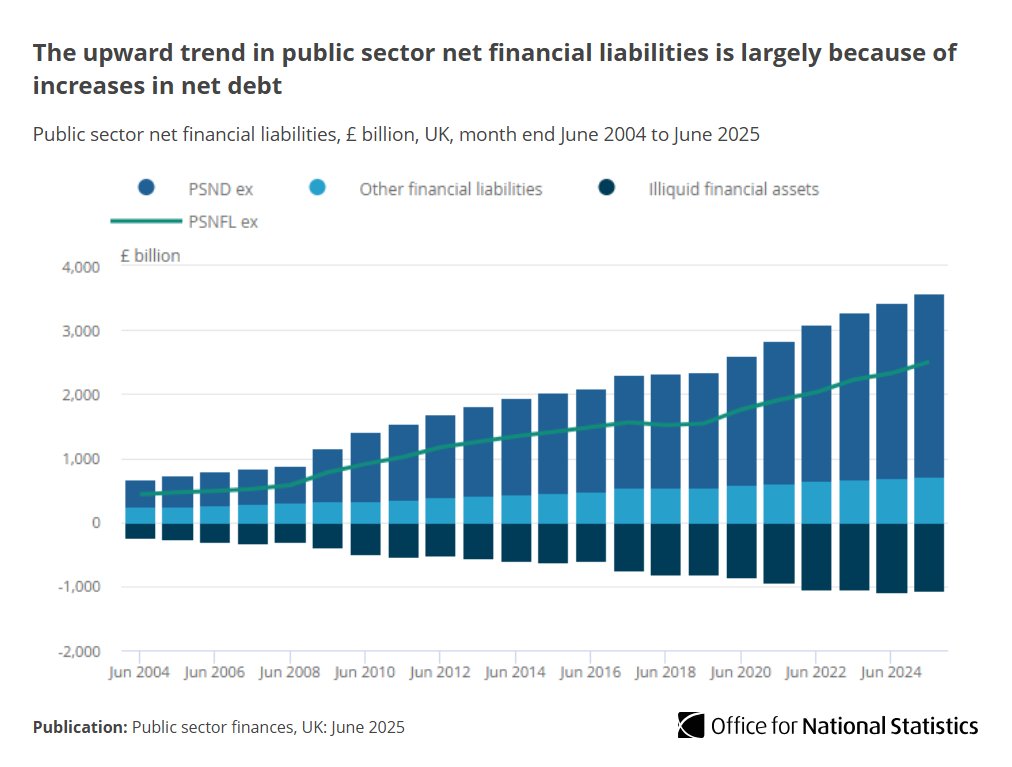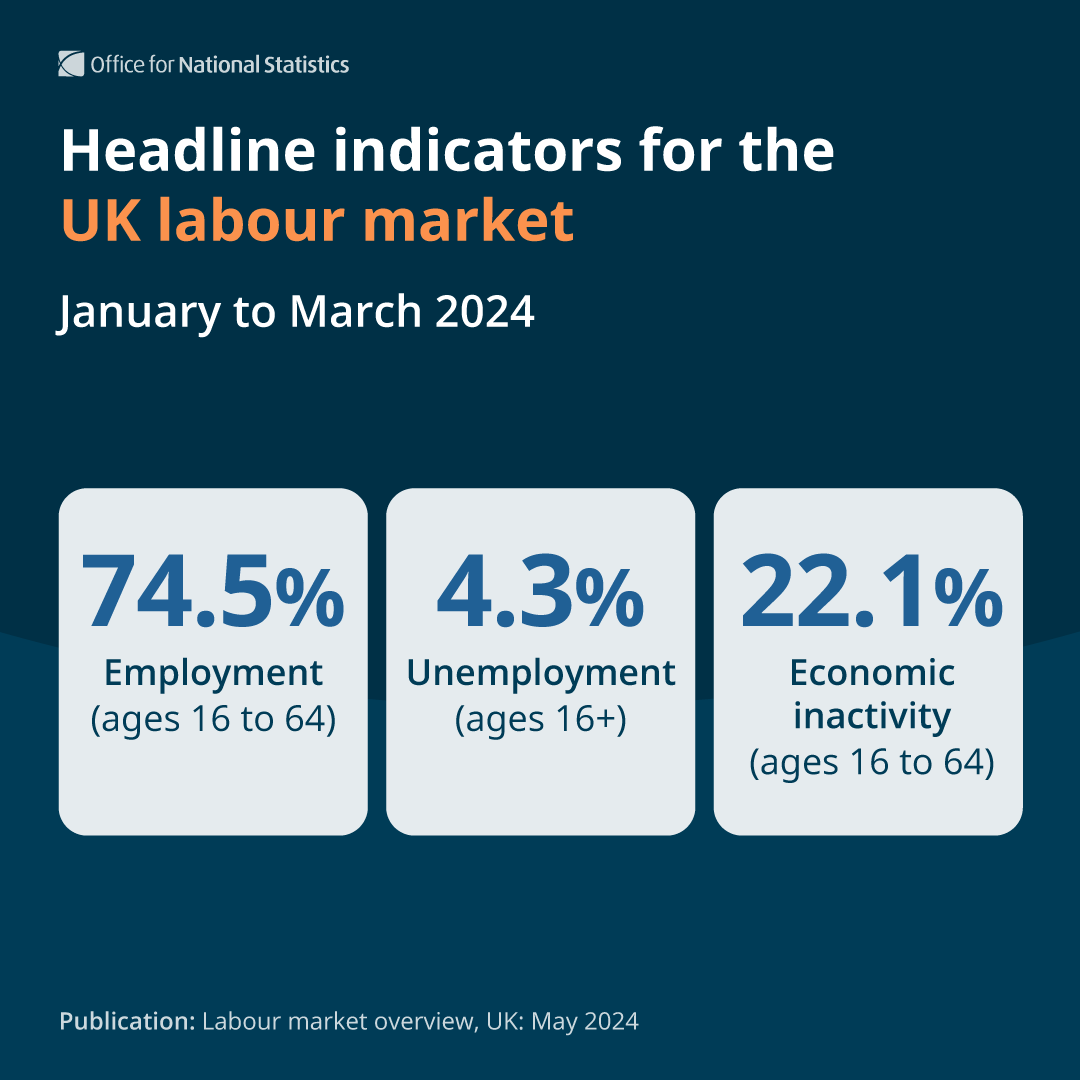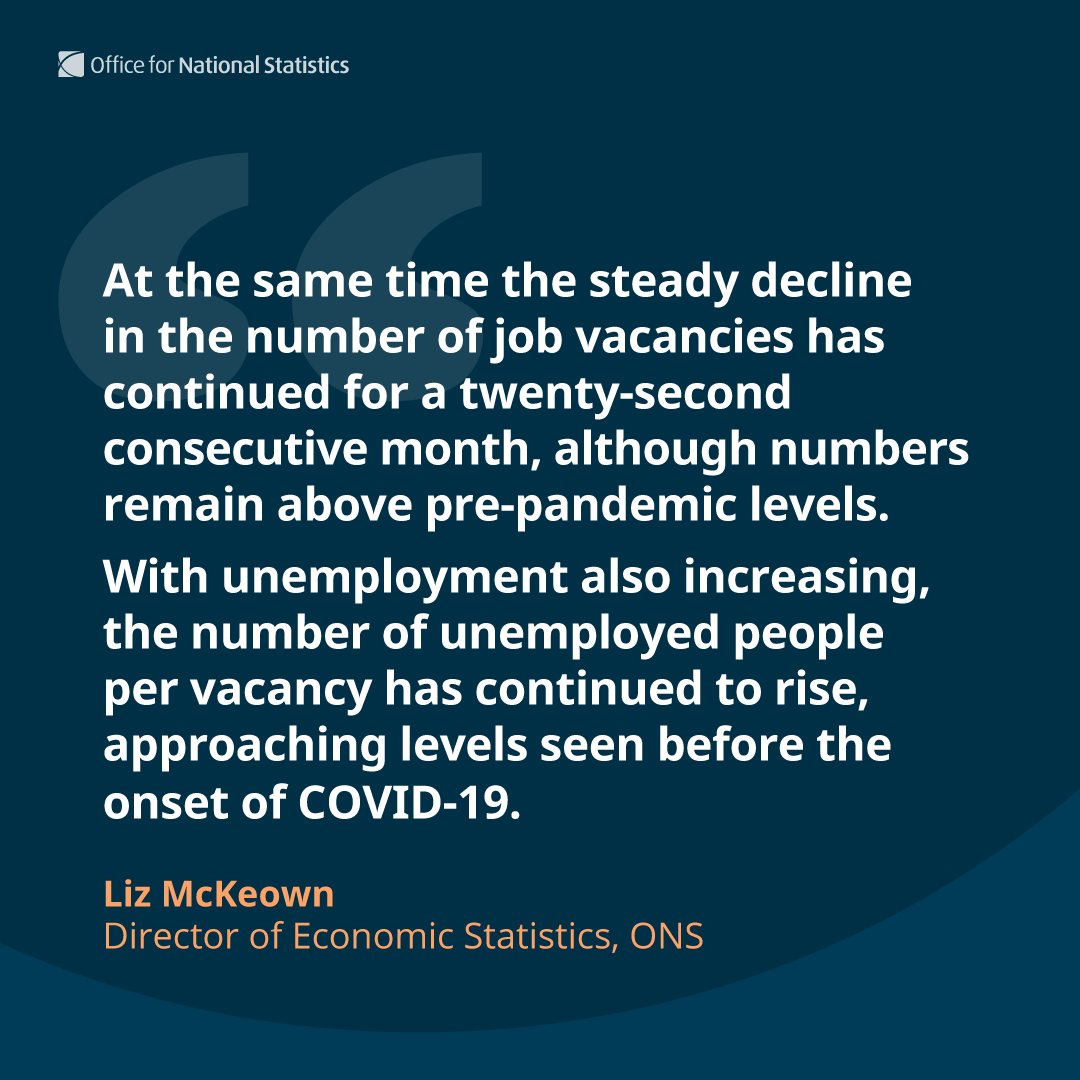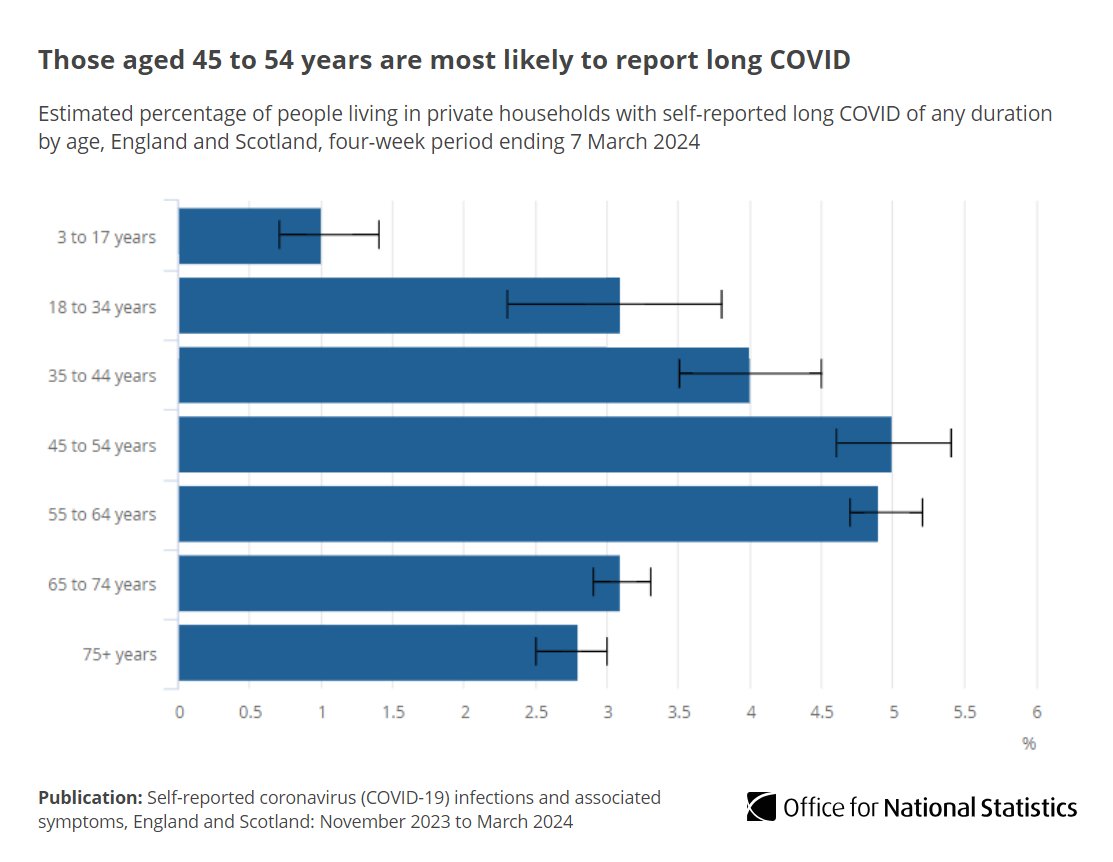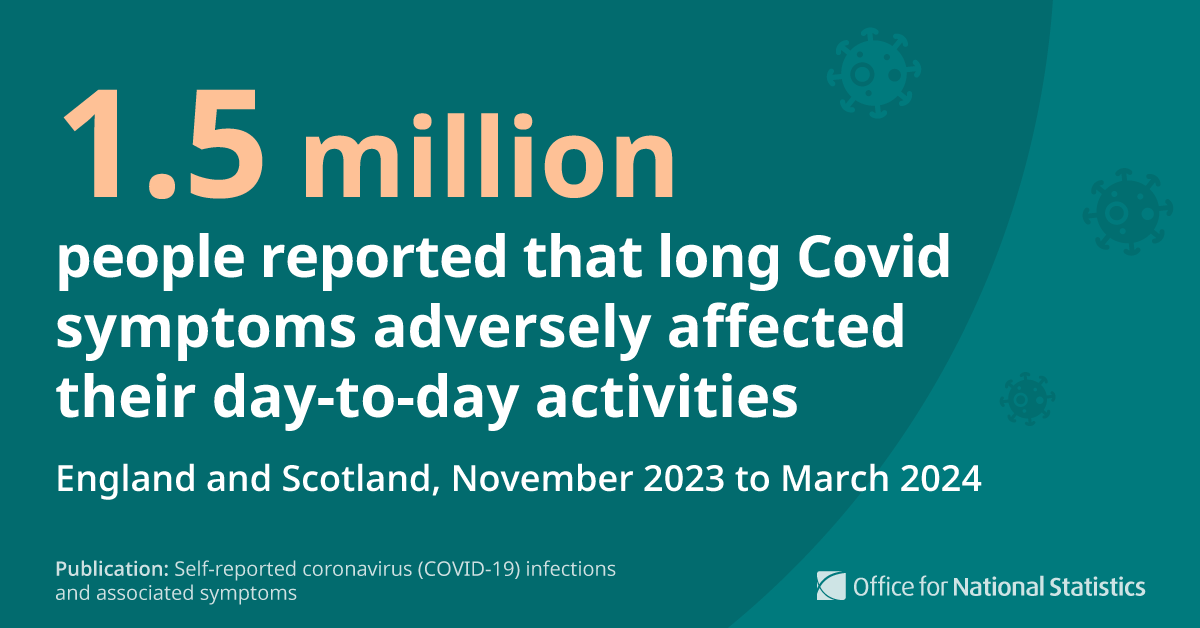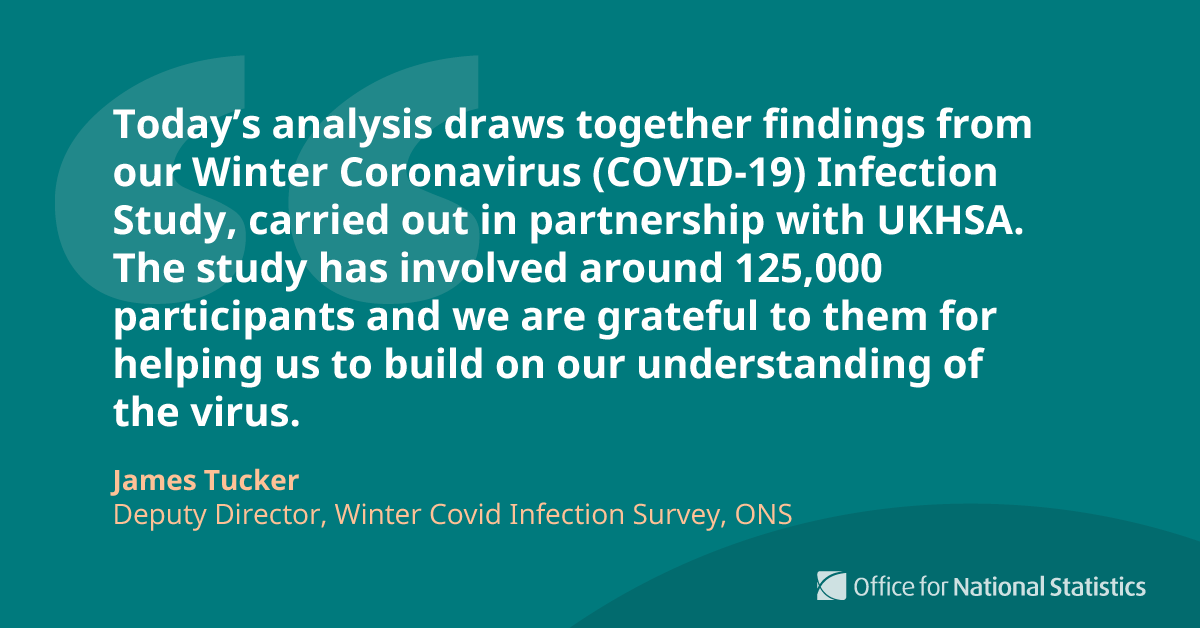Weekly household spending fell by more than £100 on average during the #COVID19 pandemic.
Data for the year to March 2021 highlight the impact of the pandemic on household finances and living standards ow.ly/CJT650G8Htj
Data for the year to March 2021 highlight the impact of the pandemic on household finances and living standards ow.ly/CJT650G8Htj

Richer households saw a bigger reduction in spending than poorer households ow.ly/zngx50G8Hvs 

Lower spending on international holidays (including accommodation, travel and food) accounted for half of reduced spending in the highest income households, compared with a third for the lowest income households ow.ly/VkOU50G8Hzz 

The poorest households were the most likely to see their income fall during the pandemic.
Workers in this group have been shown to be more likely to have been furloughed and less likely to be able to work from home ow.ly/YfVR50G8HDt
Workers in this group have been shown to be more likely to have been furloughed and less likely to be able to work from home ow.ly/YfVR50G8HDt

Taking both the changes to spending and income into account, higher income households saw a larger spending drop relative to their income than those on lower incomes.
This provided them with greater opportunity to save or ease financial pressures ow.ly/3pn950G8HH3
This provided them with greater opportunity to save or ease financial pressures ow.ly/3pn950G8HH3

People’s ability to make ends meet increased on average, but this varied across different groups.
Self-employed, those from ethnic minority groups & those under 30 all had a harder time making ends meet (year to March 2021) than the population as a whole ow.ly/DH2450G8HOM
Self-employed, those from ethnic minority groups & those under 30 all had a harder time making ends meet (year to March 2021) than the population as a whole ow.ly/DH2450G8HOM

• • •
Missing some Tweet in this thread? You can try to
force a refresh



